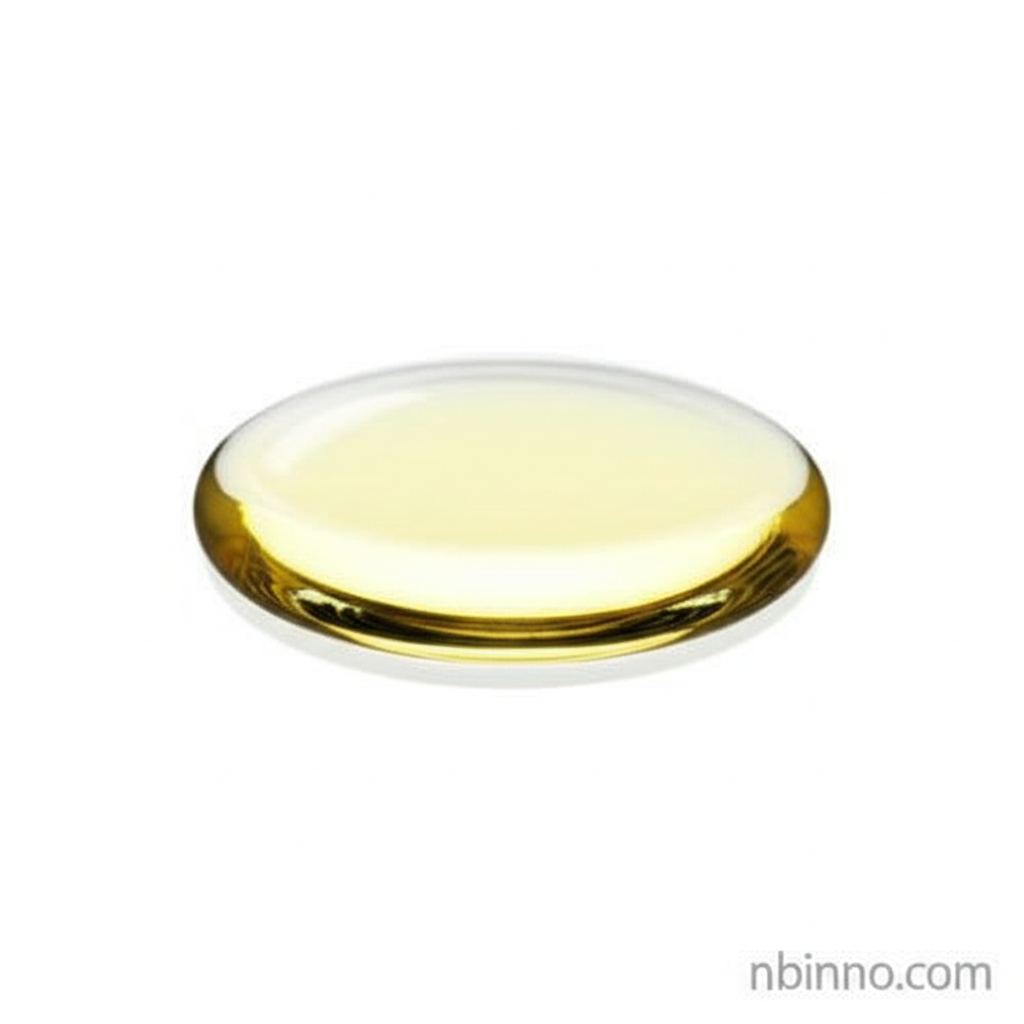Dibutyl Phthalate (DBP): A Comprehensive Guide to Properties, Uses, and Market Insights
Explore the multifaceted world of Dibutyl Phthalate, a key industrial chemical with diverse applications and evolving regulatory landscapes.
Get a Quote & SampleProduct Core Value

Dibutyl Phthalate
Dibutyl phthalate (DBP) is a critical organic compound, primarily recognized for its role as a versatile plasticizer. Its ability to enhance the flexibility and workability of polymers, most notably PVC, makes it indispensable in numerous industrial applications. Beyond PVC products like films and artificial leather, DBP serves as a vital component in adhesives, coatings, and printing inks, contributing to improved durability and application properties. Understanding the dibutyl phthalate chemical properties is crucial for its effective and safe utilization across various sectors.
- Enhancing flexibility in PVC products: Dibutyl phthalate is a key ingredient in the plasticizer for flexible plastics, significantly improving the pliability of PVC items used in construction and manufacturing.
- Versatile applications in industrial chemicals: The compound's utility extends to being a crucial chemical auxiliary agent for coatings and adhesives, enhancing their performance characteristics.
- Addressing endocrine disruptor concerns: Growing awareness of phthalate endocrine disruptor concerns has led to increased regulatory scrutiny, impacting the future use of DBP in certain consumer goods.
- Impact on printing ink formulations: As a DBP printing ink additive, it helps to adjust viscosity and drying properties, ensuring better print quality and adhesion.
Advantages Provided by the Product
Enhanced Material Flexibility
DBP's primary advantage lies in its ability to significantly increase the flexibility and extensibility of polymers, making materials more pliable and easier to process, a key aspect of its role as a plasticizer for flexible plastics.
Improved Coating and Ink Performance
As a chemical auxiliary agent for coatings and a DBP printing ink additive, it enhances film formation, gloss, and adhesion, leading to more durable and visually appealing finishes.
Broad Application Spectrum
The compound's utility in diverse industries, from manufacturing PVC products to formulating adhesives and cosmetics, underscores its versatility and widespread industrial relevance.
Key Applications
PVC Manufacturing
DBP is extensively used as a plasticizer in PVC production, contributing to the creation of flexible films, artificial leather, and various molded products, addressing the core need for dibutyl phthalate uses in PVC.
Adhesives and Sealants
It enhances the flexibility and adhesive properties of various bonding agents, making them more resilient and adaptable to different substrates.
Coatings and Paints
Incorporated into coatings, DBP improves film formation, durability, and surface finish, crucial for protective and decorative applications.
Printing Inks
DBP acts as a plasticizer in printing inks, adjusting viscosity and ensuring better transfer and adhesion to printing substrates, a key aspect of DBP printing ink additive functionality.
